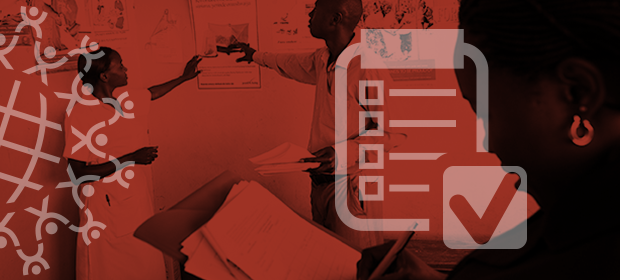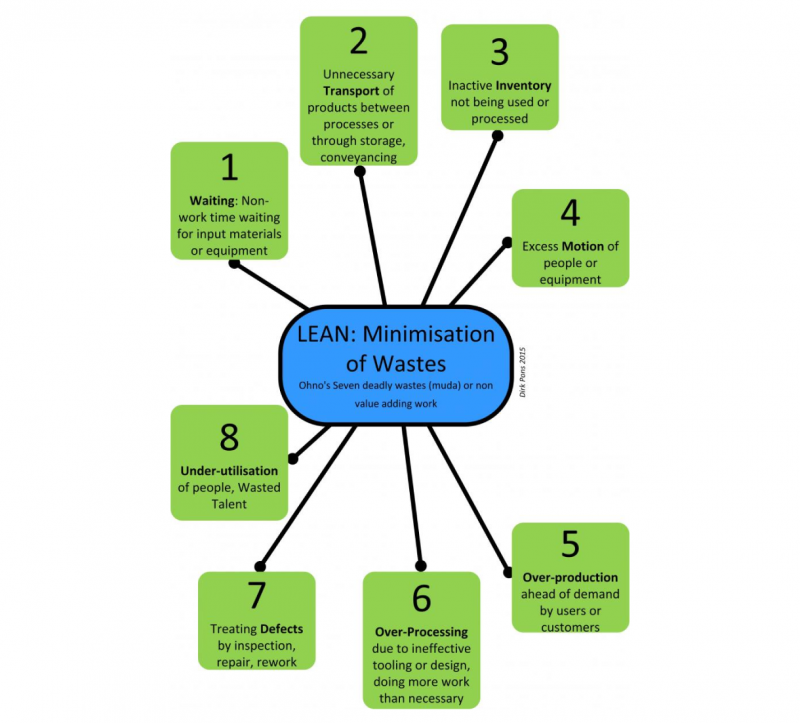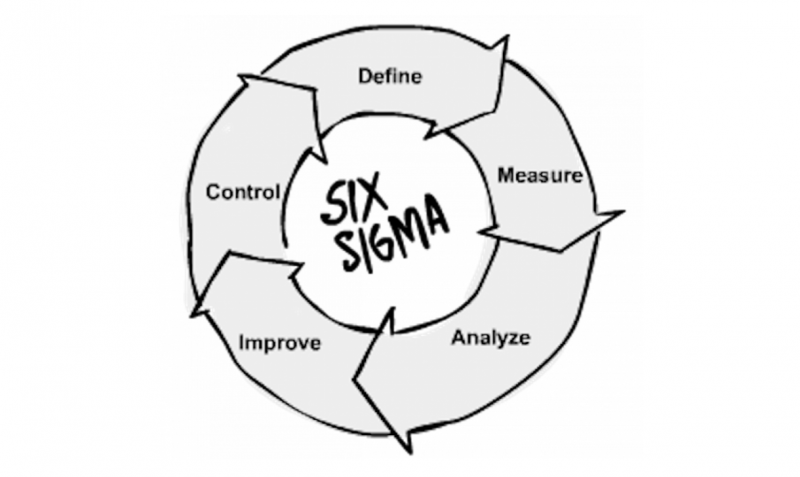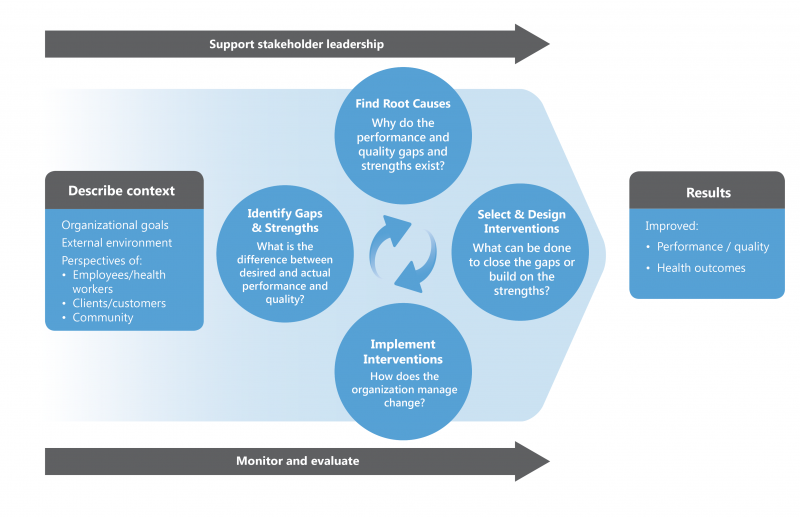Where We Work
See our interactive map


5 approaches that can improve health and health workers’ performance.
In my past life, I was a chemical engineer. More specifically, I was a process engineer for Head & Shoulders shampoo.
While my colleagues were working on other process aspects of manufacturing efficiency (faster, cheaper, less waste, etc.) I was finding ways to improve the manufacturing process to make the shampoo more effective at fighting dandruff. In our case, we wanted to fight dandruff without creating any other negative effects on hair (such as changing the feel or the smell).
I didn’t realize my career in shampoo process improvement would directly relate to public health, just under a different name.
What I used to know as process engineering or process improvement in the manufacturing field is known as continuous quality improvement (CQI) in public health. CQI is how we improve the way health care services are delivered to clients, which can transform the health and well-being of communities.
Now I’m a measurement and learning technical advisor at IntraHealth International, where I create and monitor measurable characteristics, such as the number of adolescents that use a family planning method or HIV viral load suppression. Then we track these characteristics closely to see if the changes we make are improving the services we provide to clients all over the world.
For example, in Mali, we used CQI to improve disease surveillance. The changes we made helped health workers report 100% of new cases of meningitis, measles, neonatal tetanus, acute flaccid paralysis/polio, yellow fever, whooping cough, dengue fever, and rabies.
To do my job well, I have to look at all of the quality-improvement approaches and tools I’ve learned over the years and pick wisely. And what I’ve learned might be helpful for your work in global health, too. So here are my thoughts on five CQI approaches.
Lean focuses on reducing waste in workflows to streamline processes and improve health services. It provides eight different areas in which to minimize waste, as shown in the image below. Read more.

Photo by Dirk Pons, CC BY 4.0 via Wikimedia Commons.
While Lean focuses on reducing waste, the Six Sigma approach focuses on reducing errors and variation. Six Sigma improves health system efficiency by identifying and eliminating quality issues in services and focusing on client satisfaction. Six Sigma follows the Define, Measure, Analyze, Improve, and Control methodology shown in the image below. Read more.

Photo by Pictofigo, CC BY-SA 3.0 via Wikimedia Commons.
This model requires specific, measurable, achievable, realistic, and timely (SMART) goals and focuses on three measurements: result indicators, process indicators, and “balance” measures (secondary effects of the project). After developing ideas to test, we run sequential plan-do-study-act cycles. For example, you may test a new screening tool once with just one patient. If that is successful, test it with more and more people, reviewing the data and improving the strategy as you go along. Read more.

Photo by Cliffnorman, CC BY-SA 4.0 via Wikimedia Commons.
This is a variation of the Model for Improvement approach where several different health facilities run improvement projects simultaneously on the same thematic area. The facilities come together for learning sessions periodically so they can discuss successes and lessons learned from other facilities and then implement plan-do-study-act cycles between each learning session. Read more.
Our signature approach at IntraHealth is called Optimizing Performance and Quality. It’s similar to other quality-improvement approaches, but with the addition of a crucial step called “describe context” that we developed specifically for health facilities, health workers, and health care provision. Stakeholder engagement and leadership is particularly important in this approach. In Senegal, we used OPQ to improve the adolescent post-abortion contraceptive prevalence rate from 17% to 78% in one facility (16% to 28% across three facilities).

Photo by IntraHealth International.
These approaches can also all be combined into hybrid approaches, such as Lean Six Sigma. In the Democratic Republic of the Congo, we combined OPQ with the Collaborative approach to create Integrated Quality and Performance Management (IQPM). In one facility, this approach drove HIV viral suppression up from 83% to 97% in under six months.
All of these approaches are similar at the core. Be sure to look for approaches governments have already adopted, pilot tests that have already been conducted, or groups that have already been trained.
In the global health field, quality improvement is often overlooked or ignored—but it can be key to a project’s success. We often say CQI is the quiet hero, quickly and silently driving improvements in the quality of health service delivery. It can transform our projects and lead to results that improve lives around the world—substantively and sustainably.
Get the latest updates from the blog and eNews




